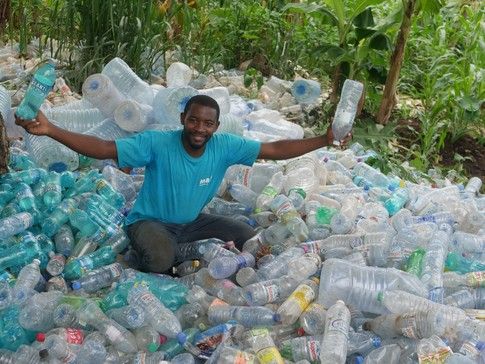Madiba & Nature’s ‘ecoboats’ — made out of discarded plastic bottles — are creating jobs, promoting ecotourism and raising awareness of the circular economy.
Africa, like most other parts of the world, is battling a spiraling plastic pollution crisis. In Cameroon, one non-profit company is helping to keep waste plastic out of the ocean while also improving livelihoods and inspiring entrepreneurs in communities across the country.
Madiba & Nature’s ‘ecoboats’ — made out of discarded plastic bottles — are helping fishermen while also creating jobs in the recycling industry, promoting ecotourism and raising awareness of the circular economy.
Earlier this year, the World Economic Forum’s UpLink platform announced that Madiba & Nature was a member of its ‘Ocean Cohort’ — 12 innovations that are tackling the biggest issues facing our seas.









